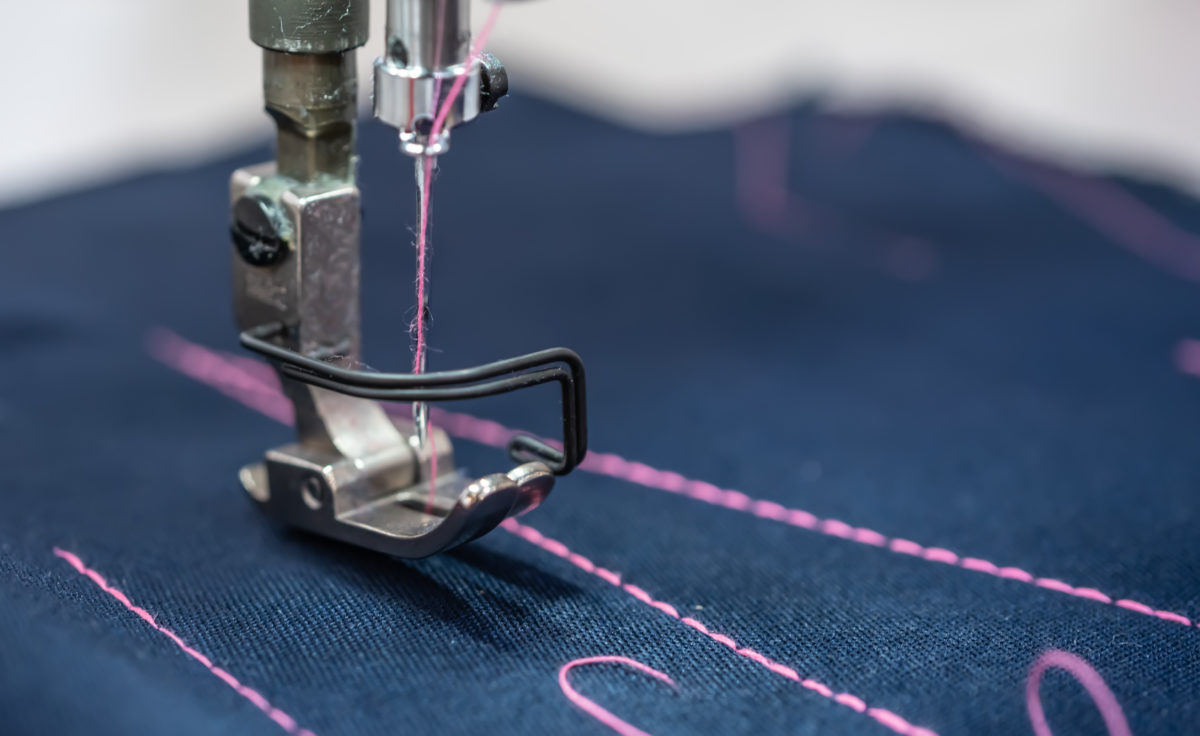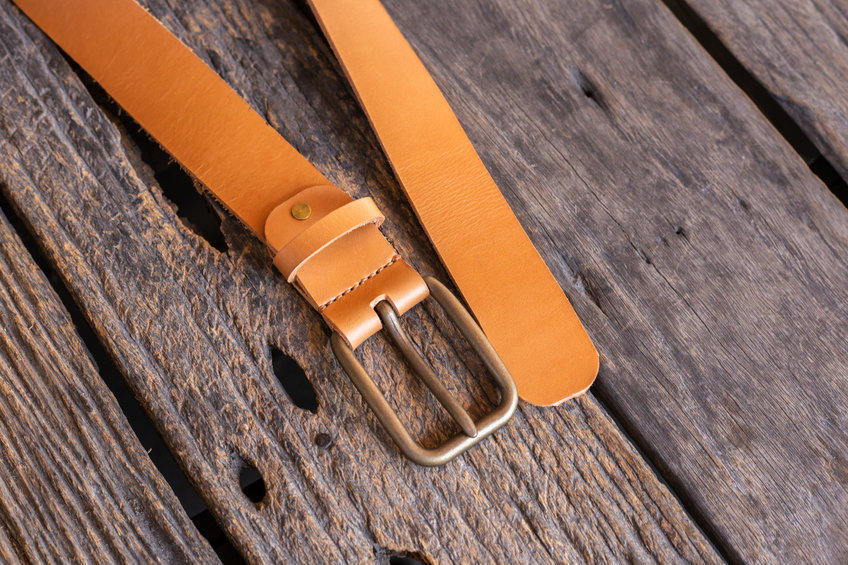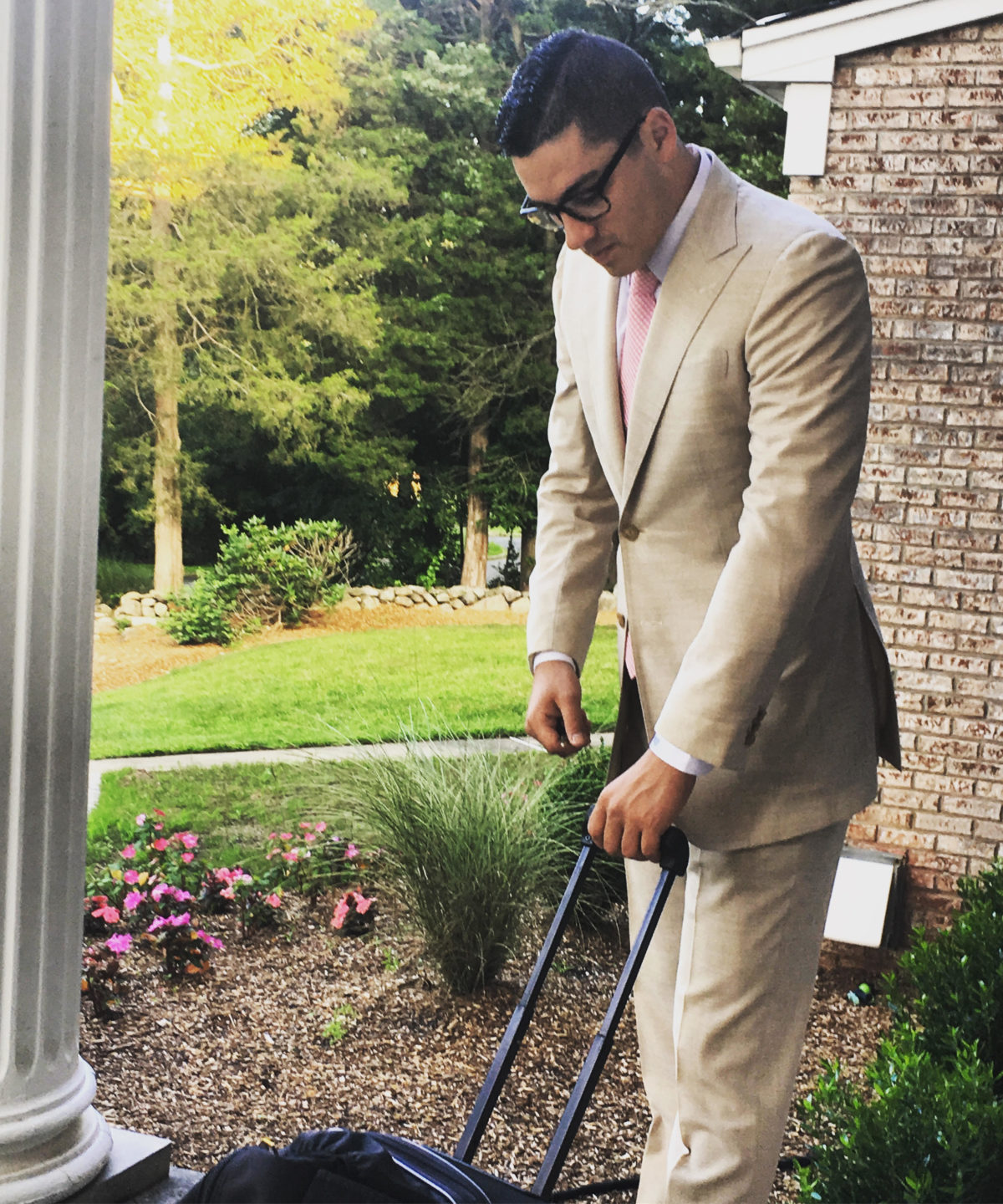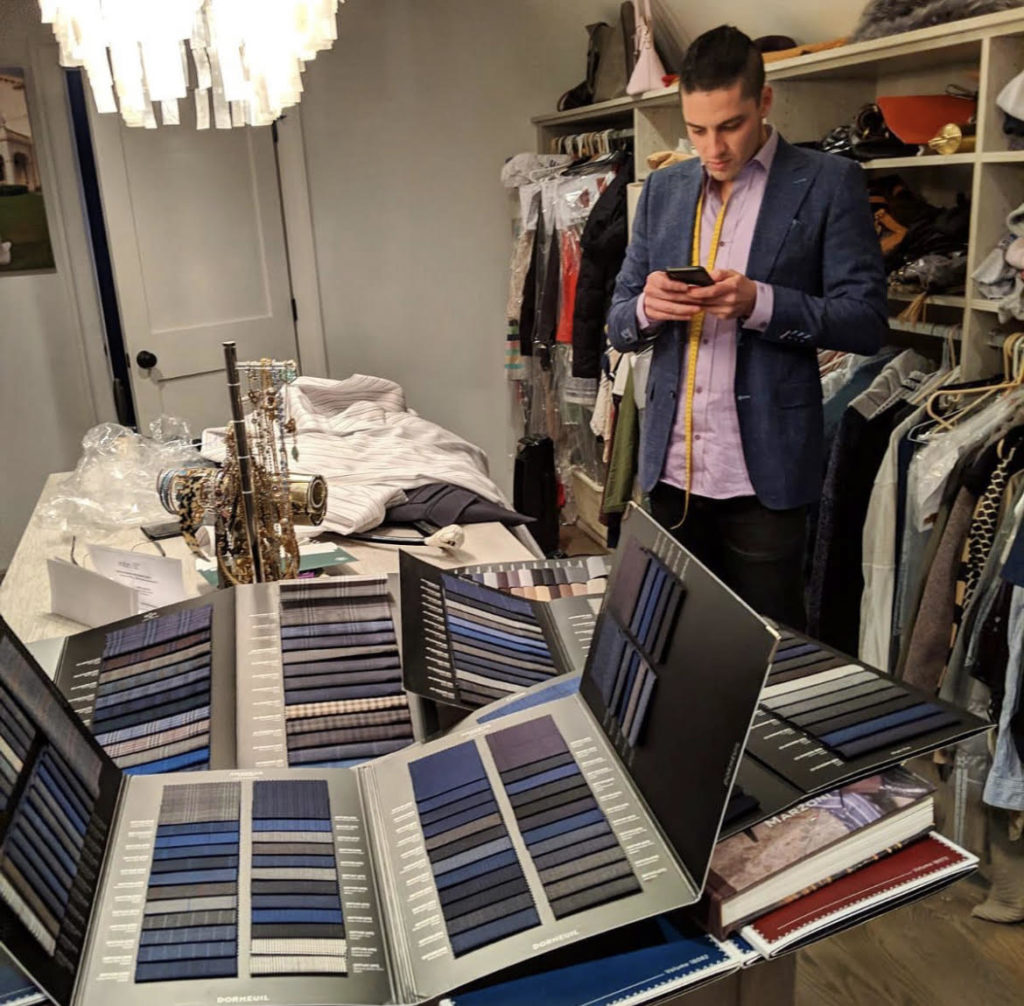What qualities should you look for in a men’s custom suit tailor?
When it comes to investing in a custom-made suit, finding the right tailor is just as important as choosing the right fabric, design, and style. A good tailor can transform a simple piece of cloth into a masterpiece that fits perfectly, enhances your best features, and makes you feel confident and comfortable. On the other hand, a bad tailor can ruin your suit, waste your time and money, and leave you with a garment that is ill-fitting, uncomfortable, and unflattering. Therefore, when looking for a men’s suit tailor, there are several qualities that you should consider to ensure that you get the best value for your money.
Experience and Expertise:
One of the most critical qualities to look for in a men’s suit tailor is experience and expertise. A tailor who has been in the industry for many years and has a wealth of knowledge and skills is more likely to produce a high-quality suit that fits well, looks great, and lasts for years. Experienced tailors have seen and worked on many different body types, styles, and fabrics, and have honed their craft to deliver exceptional results.
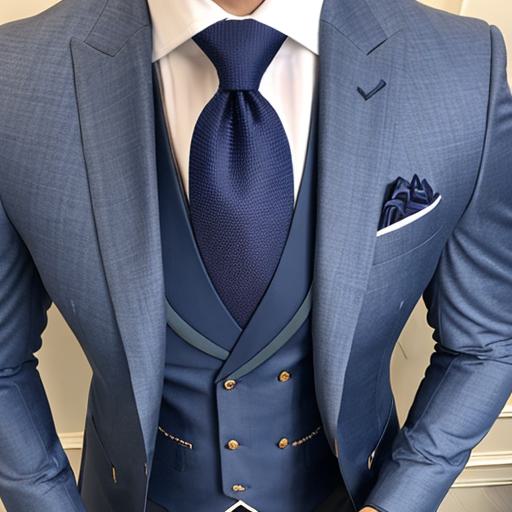
An experienced tailor with a great reputation is a must
They know how to measure, cut, sew, and tailor a suit to perfection, taking into account your body shape, posture, and preferences. They also have an eye for detail and can identify and correct any imperfections or errors in the suit’s construction.
Communication and Customer Service:
Another crucial quality to look for in a men’s suit tailor is communication and customer service. A good tailor should be able to listen to your needs, understand your style, and provide expert advice and suggestions. They should be patient, attentive, and willing to answer any questions you may have. They should also be able to communicate clearly and effectively, using industry jargon and technical terms in a way that is easy for you to understand. Additionally, they should be willing to work with you throughout the entire process, from the initial consultation to the final fitting, to ensure that you are satisfied with the end result.
Attention to Detail:
Attention to detail is another essential quality to look for in a men’s suit tailor. A good tailor should be able to focus on the small things that make a big difference in the suit’s appearance and functionality. They should pay attention to the fabric’s quality, texture, and weight, and recommend the best options for your needs. They should also take precise measurements, ensuring that the suit fits perfectly in every area, from the shoulders to the cuffs. They should be able to customize the suit according to your preferences, such as the lapel style, pocket placement, and button choices. They should also be able to add finishing touches, such as hand-stitching, lining, and buttonholes, that give the suit a polished and refined look.
Flexibility and Adaptability:
Flexibility and adaptability are also important qualities to look for in a men’s suit tailor. A good tailor should be able to adapt to your schedule, budget, and preferences, and provide flexible options that meet your needs. They should be able to work within your budget, offering different price points and fabric options that fit your budget. They should also be able to accommodate your schedule, whether it’s a rush job or a long-term project. Additionally, they should be able to adapt to your style and preferences, providing suggestions and options that match your personality and taste.
Reputation and Reviews:
Finally, when looking for a men’s suit tailor, you should consider their reputation and reviews. A good tailor should have a strong reputation in the industry, with a portfolio of satisfied customers and positive reviews. You can check online reviews, social media pages, and testimonials from previous customers to get a sense of their reputation and work quality. You can also ask for referrals from friends, family, or colleagues who have had a good experience.

